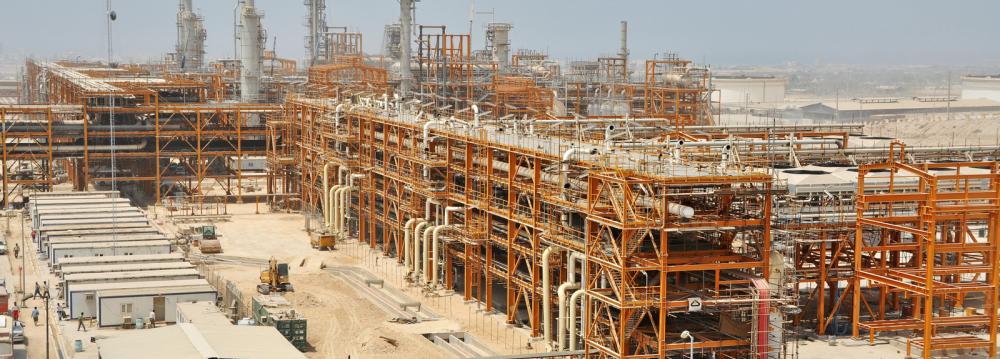According to the World Bank, estimates from satellite data show global gas flaring increased to levels not seen in more than a decade, to 150 billion cubic meters, equivalent to the total annual gas consumption of Sub-Saharan Africa.
The 3% rise, from 145 billion cubic meters in 2018 to 150 bcm in 2019, was mainly due to increases in three countries: the United States (up by 23%), Venezuela (up by 16%), and Russia (up by 9%), Worldoil.com reported.
Gas flaring in fragile or conflict-affected countries increased from 2018 to 2019: in Syria by 35% and in Venezuela by 16%, despite oil production flattening in Syria and declining by 40% in Venezuela.
Gas flaring, the burning of natural gas associated with oil extraction, takes place because of technical, regulatory, and/or economic constraints.
It results in more than 400 million tons of CO2 equivalent emissions every year and wastes a valuable resource, with harmful impacts to the environment from un-combusted methane and black carbon emissions.
“Our data suggests that gas flaring continues to be a persistent problem, with solutions remaining difficult or uneconomic in certain countries,” said Christopher Sheldon, Practice Manager in the Energy & Extractives Global Practice, World Bank.
The top four gas flaring countries (Russia, Iraq, the US and Iran) continue to account for almost half (45%) of all global gas flaring, for three years running (2017-2019).
“The current COVID-19 pandemic and crisis brings additional challenges, with sustainability and climate concerns potentially sidelined. We must reverse this worrying trend and end routine gas flaring once and for all.”


